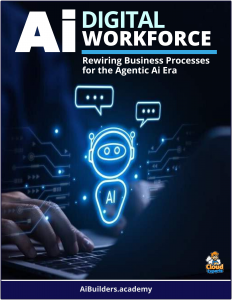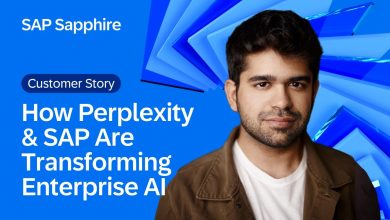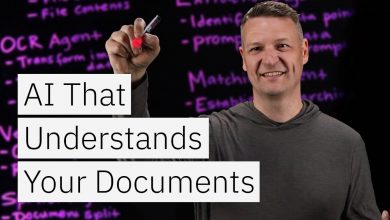 In the sprawling machinery of government, where countless business process applications manage everything from welfare disbursements to healthcare delivery, there lies an unprecedented opportunity for transformation.
In the sprawling machinery of government, where countless business process applications manage everything from welfare disbursements to healthcare delivery, there lies an unprecedented opportunity for transformation.
These systems, often clunky and siloed, have long been the backbone of public service operations, yet they frequently frustrate citizens and employees alike with inefficiencies, delays, and outdated interfaces.
Enter agentic AI agents—intelligent, autonomous systems capable of revolutionizing how governments function, delivering services with speed, precision, and empathy, while unlocking a new era of public sector innovation.
The Current State: A Vast but Strained Estate
Governments worldwide oversee a vast estate of business process applications. These systems handle critical functions: processing welfare claims, coordinating healthcare services, managing tax filings, issuing licenses, and more. In the U.S. alone, federal and state agencies rely on thousands of legacy systems, many built decades ago, costing billions annually to maintain.
For example, the U.S. Government Accountability Office reported in 2023 that some federal IT systems were running on outdated programming languages like COBOL, with maintenance costs soaring while interoperability lagged.
Citizens feel the impact. Applying for benefits often involves navigating labyrinthine forms, enduring long wait times, and facing errors due to manual processes or system incompatibilities. Healthcare systems struggle to share data seamlessly, delaying care. Government employees, too, are bogged down by repetitive tasks and rigid workflows, diverting time from strategic priorities.
The result? A public sector that, despite its best intentions, often falls short of delivering the seamless, responsive services citizens expect in a digital age.
The Promise of Agentic AI Agents
Agentic AI agents—autonomous systems powered by advanced artificial intelligence—offer a visionary path forward. Unlike traditional AI, which excels at narrow tasks like pattern recognition, agentic AI can reason, make decisions, and act independently within defined parameters.
These agents can interact with systems, data, and humans in real time, adapting to complex and dynamic environments. For government, this means a fundamental reimagining of how services are designed, delivered, and optimized.
Imagine an agentic AI agent deployed within a welfare system. Instead of a citizen manually filling out forms, the agent proactively gathers relevant data from interconnected systems—tax records, employment history, medical records (with consent)—and pre-populates applications. It flags inconsistencies, suggests eligibility for additional benefits, and processes claims in minutes, not weeks. If a citizen’s circumstances change, the agent dynamically adjusts benefits, ensuring fairness and timeliness.
In healthcare, AI agents could coordinate care by scheduling appointments, sharing records across providers, and even predicting patient needs based on historical data, all while ensuring compliance with privacy regulations like HIPAA or GDPR.
Agentic AI – ROI Blueprint
The benefits of agentic AI workflow solutions translate into measurable financial and non-financial returns. Key transformation benefits include:
- Process Automation: Automating repetitive tasks (e.g., welfare application processing, tax audits) can reduce labor costs. For example, a 2024 McKinsey study estimated 30% cost reductions in administrative tasks, potentially saving $500K-$2M annually per agency for mid-sized programs.
- Error Reduction: AI-driven fraud detection and error checking can save billions. For instance, the IRS could reduce improper payments (estimated at $20B annually) by 10-20% through AI audits.
- Legacy System Retirement: Replacing outdated systems with AI-driven workflows reduces maintenance costs (e.g., $100M-$500M saved annually across federal agencies, per 2023 GAO reports).
- Improved Compliance: AI-enhanced tax processing can increase revenue collection by identifying underreported income or fraudulent claims (e.g., 5-10% revenue uplift, potentially $1B+ for large tax agencies).
- Faster Service Delivery: Streamlined permitting or licensing processes can increase throughput, generating additional revenue from fees.
This shift slashes costs further and boosts throughput, but it also raises the bar for oversight. Agentic AI needs guardrails to ensure transparency (why did it deny that claim?) and accountability (who’s liable if it errs?).
Still, the payoff is huge: government workflows that don’t just run faster but evolve smarter, turning bureaucratic quicksand into a responsive, efficient machine. With a clear blueprint and ROI model, agencies can prioritize investments and justify them to taxpayers, making the productivity revolution tangible and measurable.
This adds a practical roadmap and financial lens, grounding the tech’s potential in actionable steps and dollars-and-cents outcomes.



